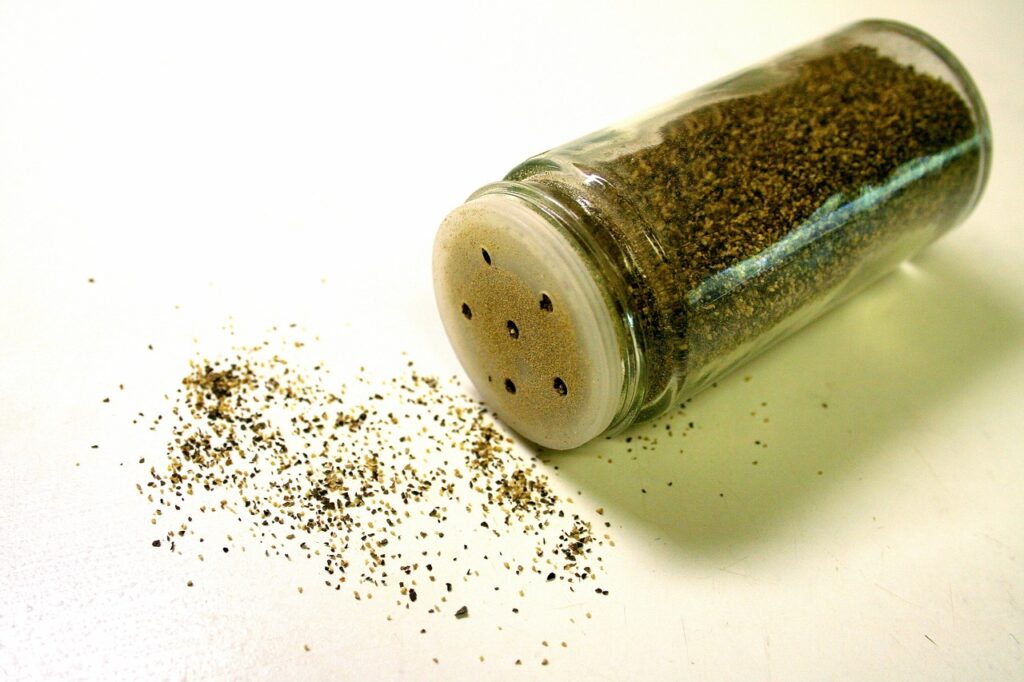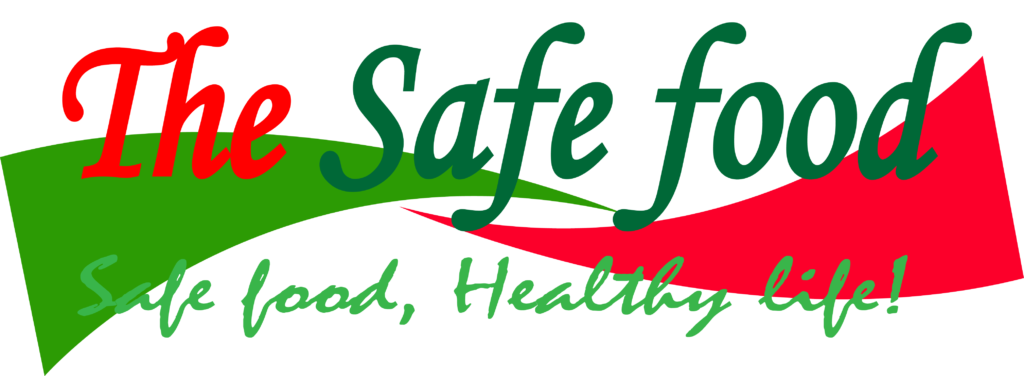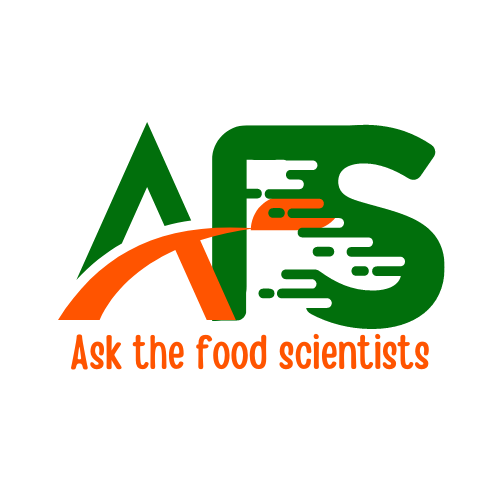Food additives are substances that are added to food during its production or processing to enhance its quality, appearance, taste, texture, or shelf life. These additives serve various purposes and are classified into different categories based on their functions.
According to World Health Organization (WHO), food additives are substances added to food to preserve flavor or enhance its taste, appearance, texture, or shelf life.
Key facts about food additives
According to the World Health Organization (WHO), here are some key facts about food additives:
- Safety evaluations: Food additives undergo safety evaluations before they are approved for use. Regulatory authorities assess the potential health risks and set acceptable levels of intake to ensure consumer safety.
- Purpose: Food additives serve various purposes, including preserving food, preventing spoilage, enhancing flavor, improving texture, and maintaining nutritional value.
- Risk assessment: The safety of food additives is assessed based on the best available scientific evidence. This includes toxicological studies and consideration of potential exposure levels.
- Acceptable Daily Intake (ADI): ADI is the estimated amount of a food additive that can be consumed daily throughout a person’s lifetime without posing a significant health risk. ADIs are established for each additive and are set well below levels that could cause health effects.
- Authorized additives: Regulatory authorities maintain lists of authorized food additives, specifying the additives that can be used in food products and the maximum permitted levels.
- Labeling requirements: Food additive regulations often require clear and accurate labeling of additives on product packaging. This helps consumers make informed choices and identify any potential allergens.
- Scientific research and monitoring: Ongoing scientific research and monitoring of food additives are essential to ensure their safety. Authorities and manufacturers monitor adverse events and new scientific evidence to identify any potential risks.
- Individual sensitivities: Some individuals may have sensitivities or allergies to certain food additives. It’s important for individuals to be aware of their own sensitivities and read product labels carefully.
- International collaboration: International organizations like the WHO and the Codex Alimentarius Commission work to establish global standards and guidelines for food additives. These standards serve as references for national regulations and promote harmonization in food safety practices.

Common types of food additives
- Preservatives: These additives help prevent spoilage, microbial growth, and oxidation in food, thereby extending its shelf life. Examples include salt, sugar, vinegar, and various chemical preservatives.
- Antioxidants: Antioxidants inhibit the oxidation of fats and oils, preventing them from becoming rancid. Common examples include vitamin C, vitamin E, and synthetic antioxidants such as butylated hydroxyanisole (BHA) and butylated hydroxytoluene (BHT).
- Flavor enhancers: These additives enhance the taste and aroma of food. Monosodium glutamate (MSG) is a well-known flavor enhancer, while other natural and artificial additives like spices, yeast extracts, and certain food extracts are also used for this purpose.
- Colorants: Food colorants are added to enhance or restore the color of processed foods, especially when the natural color is lost during processing or storage. Examples include natural colorants like beet juice, turmeric, and caramel, as well as artificial colorants like FD&C Red No. 40 and Yellow No. 5.
- Sweeteners: Sweeteners are used to add sweetness to food and beverages. They can be natural, such as sugar, honey, and maple syrup, or artificial, like aspartame, saccharin, and sucralose, which are low-calorie or calorie-free alternatives.
- Emulsifiers: Emulsifiers help stabilize mixtures of oil and water, preventing separation. They are commonly used in processed foods like mayonnaise, salad dressings, and ice cream. Examples include lecithin, mono- and diglycerides, and polysorbate.
- Stabilizers and thickeners: These additives improve the texture, consistency, and mouthfeel of food products. Common examples include pectin, carrageenan, gelatin, and xanthan gum.
- Anti-caking agents: These additives are used to prevent clumping or caking of powdered or granulated food products, ensuring that they remain free-flowing. Examples include silicon dioxide, calcium silicate, and magnesium stearate.
- Humectants: Humectants help retain moisture in food products, preventing them from becoming dry or stale. Commonly used humectants include glycerin, sorbitol, and propylene glycol.
- Firming agents: Firming agents help maintain or improve the texture and firmness of certain fruits, vegetables, and processed foods. Calcium chloride, calcium lactate, and potassium sorbate are examples of firming agents.
- Leavening agents: These additives help dough or batter rise by releasing carbon dioxide gas, resulting in a lighter and more porous texture. Yeast, baking powder, and baking soda are commonly used leavening agents.
- Acidity regulators: Acidity regulators are used to adjust and control the pH level of food products. They can enhance flavor, prevent spoilage, and influence the stability of food. Citric acid, lactic acid, and phosphoric acid are common examples.
- Bulking agents: Bulking agents add volume or bulk to food products without significantly contributing to their nutritional value. They can improve texture and mouthfeel. Examples include cellulose, maltodextrin, and polydextrose.
- Flavouring agents: Flavouring agents are substances that are added to food to enhance or impart specific tastes or aromas. They can be natural, derived from plant or animal sources, or artificial, made through chemical synthesis. Examples include vanilla extract, fruit extracts, and artificial flavorings.
- Nutrient additives: Nutrient additives are used to fortify or enrich food products with essential vitamins, minerals, or other nutrients. For example, iodized salt is fortified with iodine, and certain breakfast cereals are enriched with vitamins and minerals.
- Enzymes: Enzymes are proteins that are added to food to catalyze specific biochemical reactions, such as tenderizing meat, clarifying beverages, or converting starches into sugars. Examples include rennet, amylase, and pectinase.
Food safety knowledge is for all!

Every consumer deserves to have high quality and safe food. …Read more!

Regulations surrounding food additives
Regulations surrounding food additives vary between countries, but they generally aim to ensure the safety of consumers and provide accurate information about the additives used in food products. Here are some key aspects of food additive regulations:
- Approval process: Most countries have a regulatory authority responsible for evaluating and approving food additives. The approval process typically involves assessing the safety of the additive through scientific studies and data submission by manufacturers. The authority determines acceptable levels of use, specific foods or beverages in which the additive can be used, and any labeling requirements.
- Safety evaluation: Food additives undergo rigorous safety evaluations before they are approved for use. Toxicological studies are conducted to assess potential health risks, including acute toxicity, carcinogenicity, reproductive toxicity, and allergenicity. The acceptable daily intake (ADI) is established, which represents the amount of additive that can be consumed daily over a lifetime without adverse effects.
- Maximum permitted levels: Regulations specify the maximum permitted levels of additives that can be used in different food products. These limits are set to ensure that the intake of additives remains within safe levels.
- Labeling requirements: Food additive regulations typically require manufacturers to provide accurate and clear labeling information about the additives used in their products. This includes listing the specific additive name or code number on the ingredient list. In some cases, the function of the additive may also be indicated (e.g., color, preservative).
- Allergen labeling: If a food additive contains allergenic substances such as soy, wheat, milk, or eggs, regulations may require the presence of those allergens to be clearly labeled on the packaging.
- Adverse event reporting: Manufacturers and regulatory authorities have systems in place to monitor and report any adverse reactions or incidents related to food additives. This helps identify potential risks and take appropriate action to protect consumers.
- International standards: Several international organizations, such as the Joint FAO/WHO Expert Committee on Food Additives (JECFA) and the Codex Alimentarius Commission, establish guidelines and standards for food additives. These standards often serve as a reference for national regulatory authorities when developing their own regulations.
It’s important for consumers to be aware of food additive regulations and make informed choices about the products they consume. Reading labels, understanding the function of additives, and being aware of any personal sensitivities or allergies can help individuals make suitable dietary decisions.
Our Blog ↗
Read the latest from our blog
Ask a Question ↗
Ask a question and get answers from our community
Give Feedback ↗
We value your feedback.


